
Aquarium manufacturers are shifting to LED lighting systems because of consumer demand for low energy usage. As a result, LED lighting systems are becoming standard equipment with entry level aquarium kits and an ever increasing selection of aftermarket strip lights. With the exception of a few, these LED systems contain 'fixed lighting' which does not allow the consumer to make any changes to the bulbs or color output. Basically, the LED's only do a nice job of providing a pleasing aquatic effect. But those aquarists desiring to grow aquatic plants for example, face a dilemma. Unless the LED lighting is plant specific, the hobbyist can only grow what will survive in the absence of lighting required for freshwater plant photosynthesis. Oftentimes, they are forced to supplement LED lighting with a cumbersome array of lighting systems over their tank to create the spectrum and intensity needed for sensitive plants. Enter modular lighting.
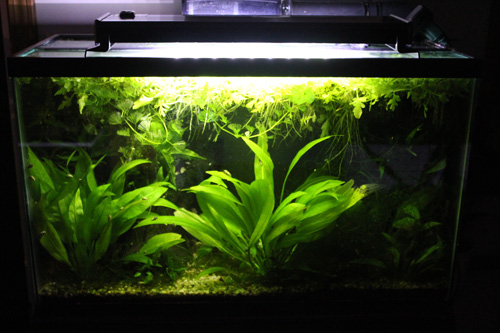
What is modular lighting? It is the capability of changing your aquarium bulbs to accommodate the needs of the tank's inhabitants or for creating a unique lighting effect. Modular aquarium lighting is not a new concept. For example, simply changing a fluorescent or high intensity bulb quickly converts lighting from freshwater plant specific to marine tank capable. But until lately, making marine-specific LED lighting suitable for aquatic plants involved a tedious rewiring of the system with different LED's. This was hardly a modular approach.
Modular lighting made a quantum leap with the technological development of directly producing a true green color LED. This supersedes an older compromise method of blue LED's shining through phosphors creating a low quality green effect. Finally we have, red, blue and green LED's clustered into a beehive looking bulb called an RGB. This cluster produces stunning, true white LED lighting that is now being packaged into easily changeable modules. These modules allow the consumer to customize their lighting for virtually any application.
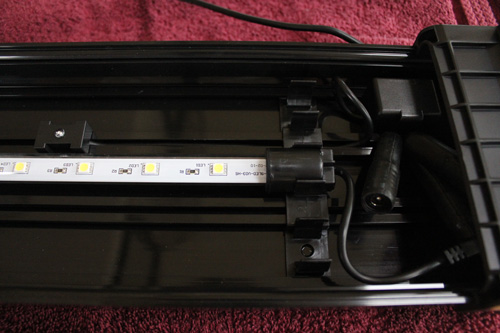
As of this writing, there are very few ' hobbyist priced' modular LED lighting systems on the market. But consumer demand for energy efficient, low priced lighting that meets their needs will resolve that problem. Let's examine a few modular LED lighting options:
Central Aquatics who makes the Aqueon brand sells a modular light that is immediately ready for use with its supplied Day White single bulb. Two additional bulbs can easily be added to the lighting strip. I purchased one of their modular systems at a local pet shop and discovered it to be very easy to use. I contacted the manufacturer and was informed that the supplied Day White bulb is for fish-only tanks. They added that another type of bulb for this system called ColorMax, will enhance fish colors and is capable of growing low light aquatic plants. The manufacturer further informed that by the time this article is published, a new BlueMax bulb in the 450 nanometer (nm) range will join their product line-up. Blue light adds a shimmering effect to any tank and aids in photosynthesis. But it is in reef tanks that a 450nm bulb displays its ability by making corals glow with a beautiful fluorescence. The BlueMax module can be mixed with the Day White or ColorMax bulbs thus creating a modular LED. Changing or adding additional bulbs couldn't be easier. The LED's come enclosed in a clear cylinder outfitted with plastic ends that simply snap into the lighting fixture. The end of each bulb has a water resistant connector that slips into a protective rubber sleeve. The maximum PAR for this three-light, modular system is between 100-150, which is extremely low. These lights are perfect for the hobbyist who just wants to have a nice looking, low-technical aquarium. Those desiring to keep exotic aquatic plants or light sensitive marine life should consider more powerful options.
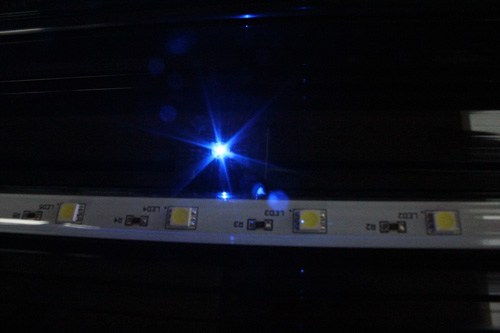
Several companies such as Ecoxotic, offer modular LED strips. The LED strips are available in about eight different colors. Multiple strips can be networked to provide high intensity lighting to grow aquatic plants or corals. Ecoxotic reports their 'Stunner' LED strip is as bright as a T5 bulb of the same length and the 'Panorama Pro' LED strip is as bright as two T5 bulbs. Clearly, this is very bright LED lighting and offers many pick and choose, modular options. Depending on the size of the tank, I estimate it will cost a few hundred dollars to properly illuminate a high-tech planted aquarium.
There are actually quite a few manufacturers supplying reef modular lighting. Central Aquatics produces the Aqualight modular LED featuring an integrated control system allowing selection of color settings from 10,000K, 14,000K to 20,000K. A built-in dimmer permits intensity adjustments from 10% to 100%. The EcoTech Marine Radion XR30w-Pro, sports the capability of eight different colored LED's ranging from Ultra Violet (405 nm) to Hyper Red (660 nm). Each color can be individually adjusted and most convenient, the light can be controlled wirelessly through your computer. The prices for these modular systems range from about $1000 - $2500+ dollars. While they are marketed for home use, clearly this is a niche market for the hobbyist with a lot of disposable income.
Some hobbyists scratch build their own LED lighting systems. Normally, building your own modular lighting system has been largely reserved for electronics wizards. Most of us don't fall into that category. Soldering delicate wires, heat sinks and wiring potentiometers can seem like a daunting task. Thankfully, there are companies who specialize in DIY modular LED lighting. Modular LED of Red Deer, Alberta Canada, is one company that has greatly reduced the difficulty and guesswork associated with DIY systems. They have eliminated the need for soldering with their easy plug connectors. The company even provides information for calculating the proper sized heat sink and the number of LED's needed for each heat sink. Their on-line videos clearly show 'how to' and provide a wealth of information for successfully assembling a custom LED modular system. DIY is certainly a viable option for those hobbyists desiring custom applications.
Modular lighting used to be considered the wave of the future. Thankfully, technology and consumer demand has brought the future to the moment.
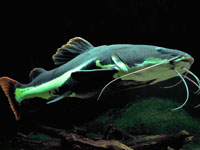 Red-Tailed Catfish in Home Aquariums
Q. The owner of my local fish store (LFS) sold me a red-tail
Red-Tailed Catfish in Home Aquariums
Q. The owner of my local fish store (LFS) sold me a red-tail
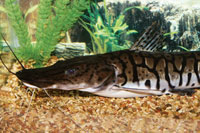 Shovelnose Catfish
Click image to enlargeShovelnose catfish.
Q. One of the w
Shovelnose Catfish
Click image to enlargeShovelnose catfish.
Q. One of the w
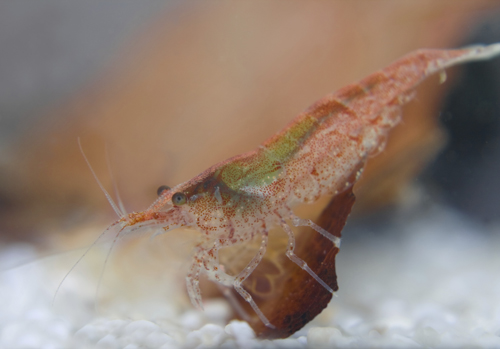 Setting Up a Freshwater Shrimp Tank
Shrimps are interesting aquatic animals that can be raised a
Setting Up a Freshwater Shrimp Tank
Shrimps are interesting aquatic animals that can be raised a
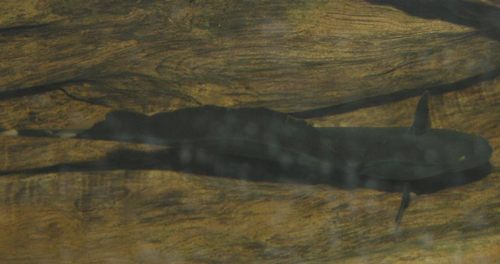 Choosing a Knifefish For Your Aquarium
The array of adaptations that have evolved in fish has resul
Choosing a Knifefish For Your Aquarium
The array of adaptations that have evolved in fish has resul
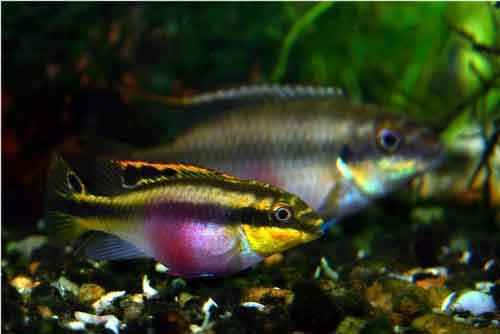 Kribensis Care and Breeding
Kribs are small, colorful cichlids that have become a staple
Kribensis Care and Breeding
Kribs are small, colorful cichlids that have become a staple
Copyright © 2005-2016 Pet Information All Rights Reserved
Contact us: www162date@outlook.com